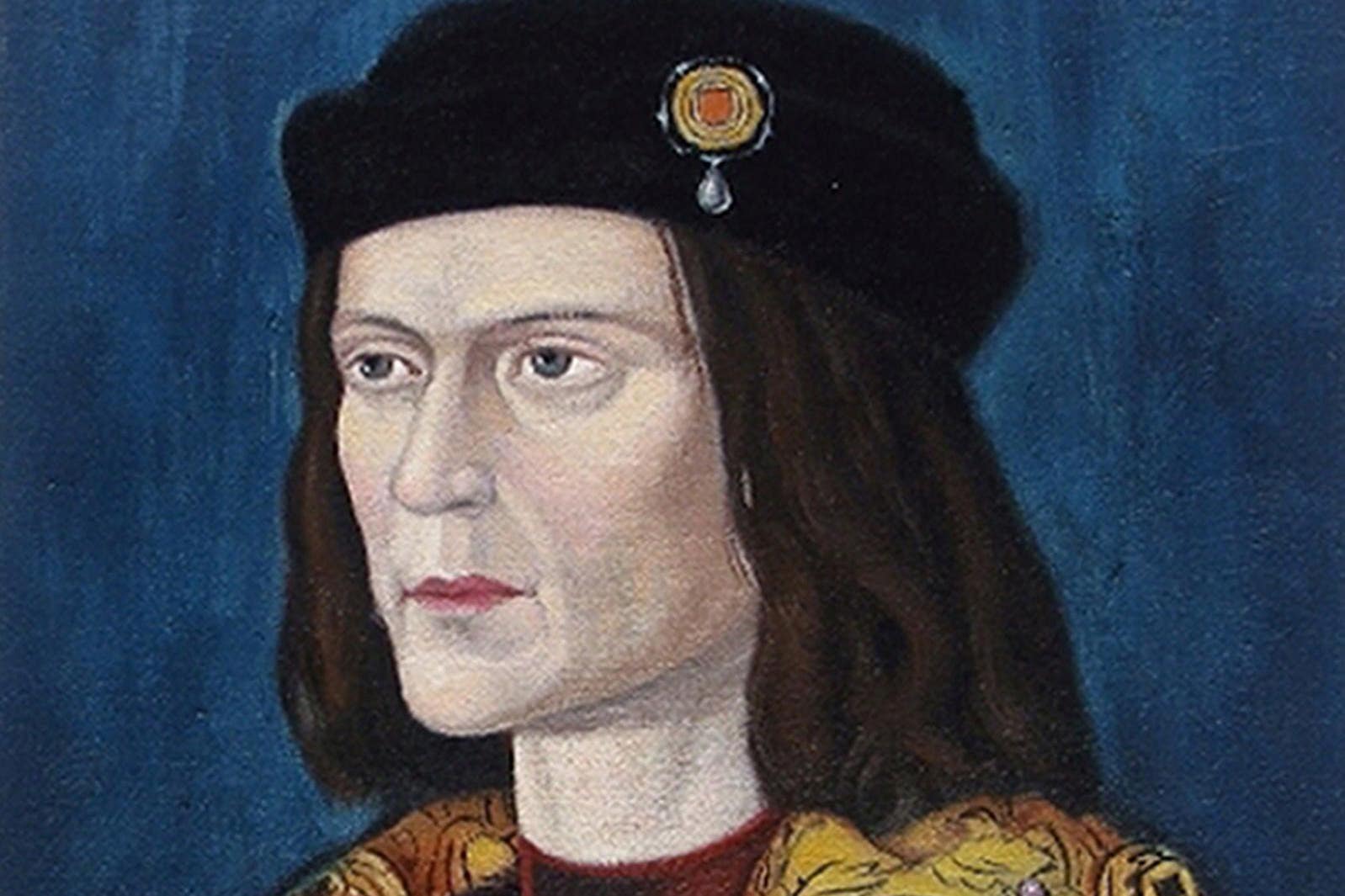Car park where Richard III’s body found to be auctioned
The monarch’s defeat and death at the Battle of Bosworth in 1485 marked the beginning of the Tudor era.

Your support helps us to tell the story
From reproductive rights to climate change to Big Tech, The Independent is on the ground when the story is developing. Whether it's investigating the financials of Elon Musk's pro-Trump PAC or producing our latest documentary, 'The A Word', which shines a light on the American women fighting for reproductive rights, we know how important it is to parse out the facts from the messaging.
At such a critical moment in US history, we need reporters on the ground. Your donation allows us to keep sending journalists to speak to both sides of the story.
The Independent is trusted by Americans across the entire political spectrum. And unlike many other quality news outlets, we choose not to lock Americans out of our reporting and analysis with paywalls. We believe quality journalism should be available to everyone, paid for by those who can afford it.
Your support makes all the difference.The car park where the skeleton of Richard III was discovered in 2012 is to be auctioned off.
The Grey Friars car park in Leicester city centre will be sold along with adjacent buildings, 1-7 Grey Friars, with a guide price of £4-£4.1 million.
The spot where the bones of the monarch were discovered forms part of a visitor centre but the rest will be auctioned on February 15 by Kal Sangra Shonki Brothers, on behalf of Leicester City Council.
The car park has been a scheduled ancient monument since 2017, which means that it is defined by Historic England as a “nationally important archaeological site that has protection against unauthorised change”. Some of the adjacent buildings up for auction are Grade II listed.
City Mayor Sir Peter Soulsby said: “The exact location of where King Richard III was discovered is now incorporated as part of our successful visitor centre, however, the remainder of the site has continued to be used as a working car park to this day.
“The Grey Friars building has so much history and it’s a stunning building that will attract the attention of commercial developers who may convert the building for office, hospitality, or residential premises.
“Whilst the building is part of our history and heritage, I’m looking forward to seeing the next stage of its evolution.”
Richard III reigned for just over two years before his defeat and death at the Battle of Bosworth, in Leicestershire, in August 1485.
The defeat marked the end of the rule of the House of York and the beginning of the reign of Henry VII, the first Tudor monarch.
His body was taken to Leicester to show the public that he was truly dead, before being given a simple Christian burial by the choir of the Grey Friars church.
It was found in the car park, at the heart of Leicester’s Old Town, 527 years after it was buried, with the exact spot it was found now part of the King Richard III Visitor Centre.
Mike Denby, director of inward investment at Invest in Leicester, said: “We have seen significant interest in the site from a range of developers, keen to breathe life into the former council offices.
“Whomever is fortunate to secure the building at auction has a unique story to tell about the site that will last for generations to come.”
The Grey Friars building remained a religious friary for several years but by the 20th century it had been turned into a school, council offices and a car park.